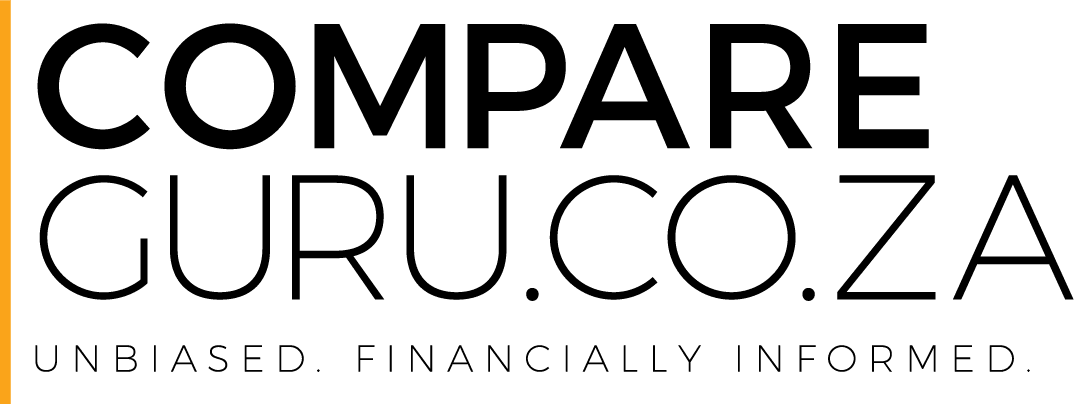CompareGuru Financial Services is an authorised financial services provider FSP. 47696
Earlier this week, Brand Finance released its annual report on the strongest, most valuable insurance brands in the world. We highlighted the most important parts of the report - including the impressive debut addition of a South African giant!
Earlier this week, respected marketing research firm, Brand Finance, released its annual report on the strongest, most valuable insurance brands in the world.
Now, the report may seem a little all over the place for somebody who is genuinely interested in these results, but doesn’t quite understand what to look for. So, we thought we’d highlight the most important parts.
First off, there are three main insurance sectors to be aware of here. These are Life Insurance, Property and Casualty Insurance – which is insurance for the things we own, such as cars or homes – and Reinsurance – which is insurance for insurance companies.
Then, the report looks at reputation of these brands, because, let’s face it, insurance brands are not generally too well-liked or trusted. You can see why an insurance brand – a company which is meant to protect you and your family from devastating financial losses – wouldn’t fare too well if it couldn’t earn the trust of the consumer.
The report, finally and most crucially, then compiles lists of the top ten most valuable brands in the world, and the top ten strongest brands in the world. The latter has seen South Africa’s own insurance giant, Discovery, make a very, very impressive debut.
Let’s take a look at all the findings.
Success, By Sector
Chinese insurance brands Ping An, China Life and AIA took the top three positions in this year’s Life Insurance top ten, with Ping An’s value, in particular, growing by an astounding 93% since last year – now valued at US$ 50.5 billion.
China’s Ping An also topped the table in the P&C sector, with Munich-based Allianz coming in at second place, and third, fourth and fifth place all going to US Companies – GEICO, Allstate and Progressive. Allianz holds a brand value of US$ 23.1 billion, while GEICO’s brand value has risen by 34% since last year, to crack the top ten for the first time at US$ 8.8 billion.
GEICO, in particular, has been noted for its competitive offering for auto insurance and strong brand awareness (even South Africans have heard of the adorable GEICO Gecko), which has helped it stay ahead of its competitors.
And lastly, the most boring – but one of the most important – sectors; Reinsurance, in which only one Chinese brand cracked the top ten – China Re, which came in at sixth place, with a brand value of US$ 1.1 billion. The top place on this list went to Swiss Re, with a brand value of US$ 4.2 billion, followed by Hannover Re with a brand value of US$ 2.7 billion and Munich Re with a brand value of US$ 2.4 billion.
What’s most notable about this last sector, and of interest to most consumers, are some of the comments recently made by Munich Re. The Reinsurer has aired its concerns regarding global warming, and the role it has played in the significant losses sustained at the hands of wildfire.
Average annual wildfire losses came in at well below US$ 5 billion – until 2017 and 2018, that is – when losses rose to over US$ 20 billion. Munich Re has warned that, as a result of these massive losses, subsequent rises in premiums could become a critical social issue.
The Ten Most Valuable Insurance Brands
What makes a brand durable, or valuable? Brand Finance defines a brand as a marketing-related intangible asset which includes, but is not limited to, names, terms, signs, symbols, logos, and designs, intended to identify goods, services or entities, creating distinctive images and associations in the minds of stakeholders, thereby generating economic benefits.
In other words, if the perception that we have of a brand, and if the services or products offered ring true to us as consumers, and we can easily identify, recommend and support those images, services, products, etc., then a brand could be considered successful, and therefore valuable.
That’s all very simplified, of course, and there’s a lot more to it than that, but that’s the gist of it.
Chinese brands dominate this year’s list of the most valuable insurance brands, with a total brand value (for all insurance brands in China) coming to US$ 98.2 billion.
The most valuable of all of these, and the fourth most valuable Chinese brand in general, was Ping An. This was followed by the German Allianz and China Life (US$ 21.8 billion) coming in at second and third place, respectively.
The brands which made up the top ten list, were, in order:
1. Ping An (China) – $50.5 billion;
2. Allianz (Germany) – $23.1 billion;
3. China Life (China) – $21.8 billion;
4. AXA (France) – $15.7 billion;
5. AIA (Hong Kong) – $15.5 billion;
6. CPIC (China) – $10.7 billion;
7. PICC (China) – $9.1 billion;
8. GEICO (USA) – $8.8 billion;
9. Zurich (Switzerland) – $8.2 billion;
10. Allstate (USA) – $8 billion.
According to David Haigh, CEO of Brand Finance, it is clear that Ping An, China Life, and other Chinese insurance brands are once again benefiting from the growth of the middle-class consumer, and their own ability to tap into the power of technology to sharpen their business. While cyber-security incidents and business interruptions dominate risk landscapes for companies of all sizes in the global market, innovative products, new health insurance products and good use of technology have made this a positive year for many insurance brands.
For instance, AIA recently launched a blockchain-enabled bank assurance platform, and similarly, AXA has begun to offer flight-delay insurance over a blockchain platform with parametric triggers and smart contracts.
The Ten Strongest Insurance Brands
So, how do we define brand strength? Simply put, brand strength is the efficacy of a brand’s performance on intangible measures, relative to its competitors. What is a brand’s potential for future success?
In order to determine the strength of a brand, Brand Finance looks at Marketing Investment (what have they done to create brand loyalty and market share), Stakeholder Equity (primarily, what is the customer’s perception of the brand) and the impact which those two factors have on Business Performance.
Each brand is awarded a Brand Strength Index score out of 100, and then, based on that score, is assigned a corresponding rating up to AAA+, similar to a credit rating.
As mentioned before, insurance brands aren’t generally the most loved brands in the world. Given the nature of the industry, insurance – though extremely important – just isn’t sexy, exciting or emotional enough to build that connection with the consumer.
The general consensus is that by the time most people realise the true value of insurance, it’s too late. This makes it all the more impressive when insurance companies are, in fact, able to connect with people and build that strong brand image. It takes something truly innovative and, dare we say, special.
Though the reputation of the insurance sector is particularly dismal in China, Ping An still topped the list as the strongest insurance brand in the world, which was followed by South Africa’s own Discovery, and then China Life in third.
Here are the top ten strongest insurance brands in the world, and their respective BSI scores.
1. Ping An (China) – 87.1;
2. Discovery (South Africa) – 86.0;
3. China Life (China) – 84.6;
4. LIC (India) – 82.4;
5. GEICO (USA) – 82.3;
6. Aflac (USA) – 82.1;
7. Intact (Canada) – 81.7;
8. Progressive (USA) – 81.0;
9. Poste Italiane (Italy) – 80.7;
10. Sun Life Financial (Canada) – 80.0;
Second place is an astounding debut for South Africa’s Discovery, which has enjoyed major success through its innovative Vitality rewards programme, and will, of course, be launching its own bank later this year.
This kind of innovation, and consistent interaction with clients, is what has helped the health-insurance giant become such a recognisable and respected household name in South Africa.
CompareGuru knows what's good - you'll never need another insurance comparison tool again!
Sign up to our newsletter to stay up-to-date on our latest tips on how to get the best out of your insurance, what insurance really means and how to avoid any pitfalls along the way.
CompareGuru has you covered.


